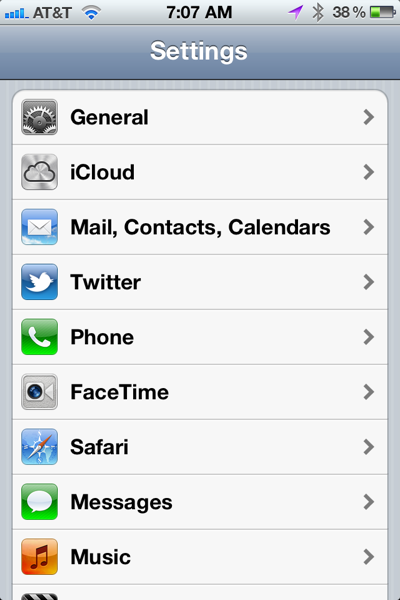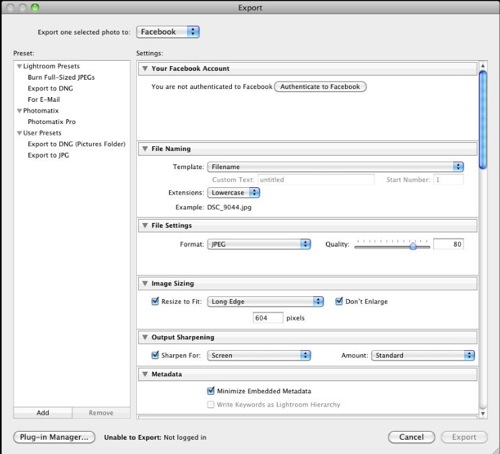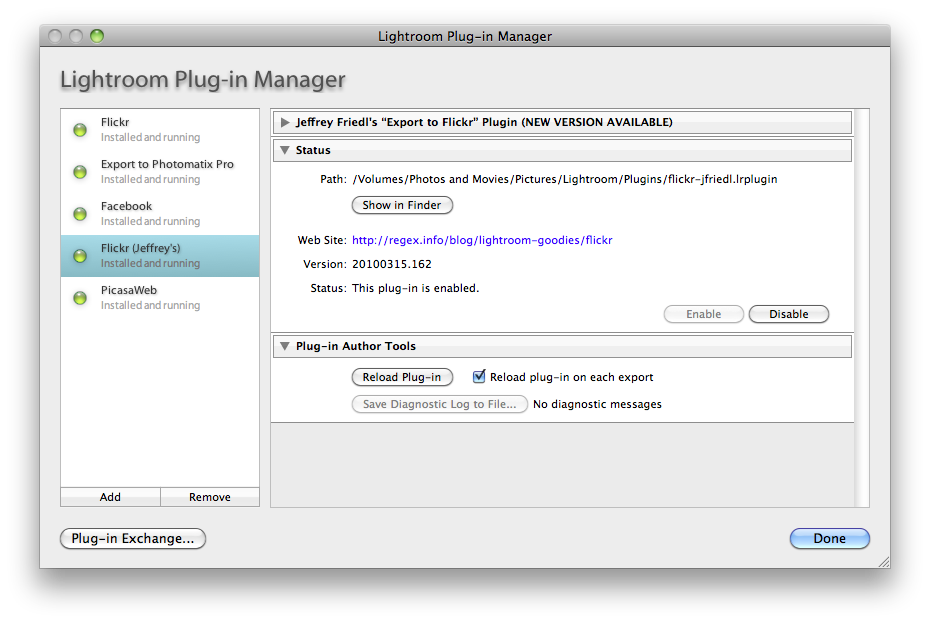What excited me most about the Apple press event today was not the 2048x1536 pixel retina display[^1], or the quad-core A5X CPU, or the 5MP digital camera. What excited me was the introduction of [iPhoto](http://www.apple.com/ipad/from-the-app-store/apps-by-apple/iphoto.html). Now iPhoto is not as feature rich as iPhoto for OS X but it gets the jobs done. The feature list is impressive[^2] but the two features that caught my eye are the social sharing features and journaling.
First of all what I've written below is not meant to be a review. I'm sure you'll soon find well written reviews all over the web in a few days. I just want to describe a few features of iPhoto that I am excited about.
#Beam#
I can share to twitter, facebook, and even Flickr[^3]. But the coolest feature is "Beam". I can take a photo with my iPhone 4, edit in iPhoto and then and beam it wireless to my iPad 2.
I turned on the beaming feature of iPhoto on both my iPad and iPhone.
I then selected a photo ( you can select multiple ) and beamed it over to my iPhone. iPhoto automatically detects iOS devices running iPhoto so you can wirelessly beam between your iPad and iPhone over a shared Wi-Fi or Bluetooth connection. Sweet!
Journal lets you select a bunch of photos and create a photo collage. You can arrange your photos manually or use of the prebuilt templates. I chose a few of my photos and added a bit of descriptions text, a header and a date widget.
The [resulting Journal](http://www.icloud.com/journal/#p=03&t=CAEQARoQ630BU3KrS6oC9TAnPCeIuw==&f=/82J93X7T25~com~apple~mobileiphoto/Public/536CF79B-0FA9-49AB-ABBC-180F2170B7CC.jb/index.json) can be shared via email or send to iTunes. If you chose email, the recipients get a link to a web site for viewing. One cool and interesting thing I noticed is that I could update the journal later and the changes would be reflected on the web site.
I think the video below does a better job of explaining how it works than any text I can think of tonight.
Using journaling in iPhoto for iOS from Khürt Williams on Vimeo.
[^1]: I love fast hardware too but I'm a software guy.
[^2] :I don't think it's coincidental that Adobe recently released Photoshop Touch for iOS.
[^3]: I have not been as active on Flickr as in the past.









 Now we are ready to start using the plug-in. Click a photo or set of photos in your library. Click File->Export from Lightroom Beta 3 and then select Facebook from the export options. Since this is your first time using this plug-in you'll be required to authenticate to Facebook to authorize Lightroom 3 Beta. Lightroom 3 Beta will launch a browser window where you can enter your Facebook username and password. Login to Facebook and give Lightroom permission to use your Facebook account. Once that is complete, adjust the other options. Most of the defaults are appropriate.
Now we are ready to start using the plug-in. Click a photo or set of photos in your library. Click File->Export from Lightroom Beta 3 and then select Facebook from the export options. Since this is your first time using this plug-in you'll be required to authenticate to Facebook to authorize Lightroom 3 Beta. Lightroom 3 Beta will launch a browser window where you can enter your Facebook username and password. Login to Facebook and give Lightroom permission to use your Facebook account. Once that is complete, adjust the other options. Most of the defaults are appropriate.
